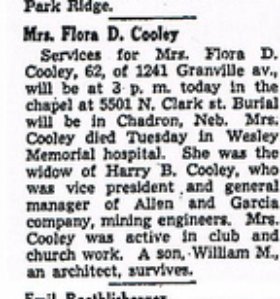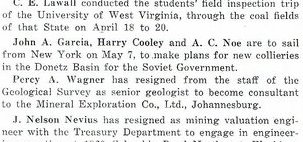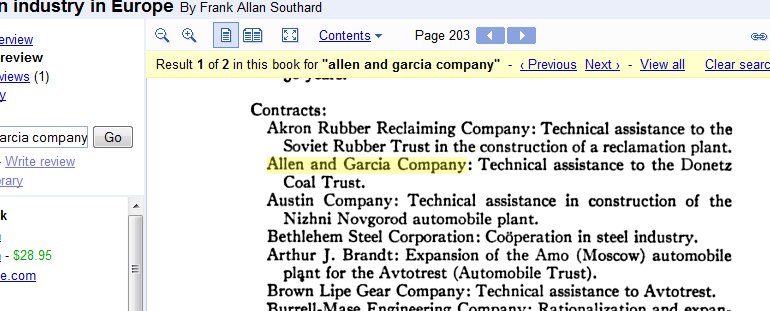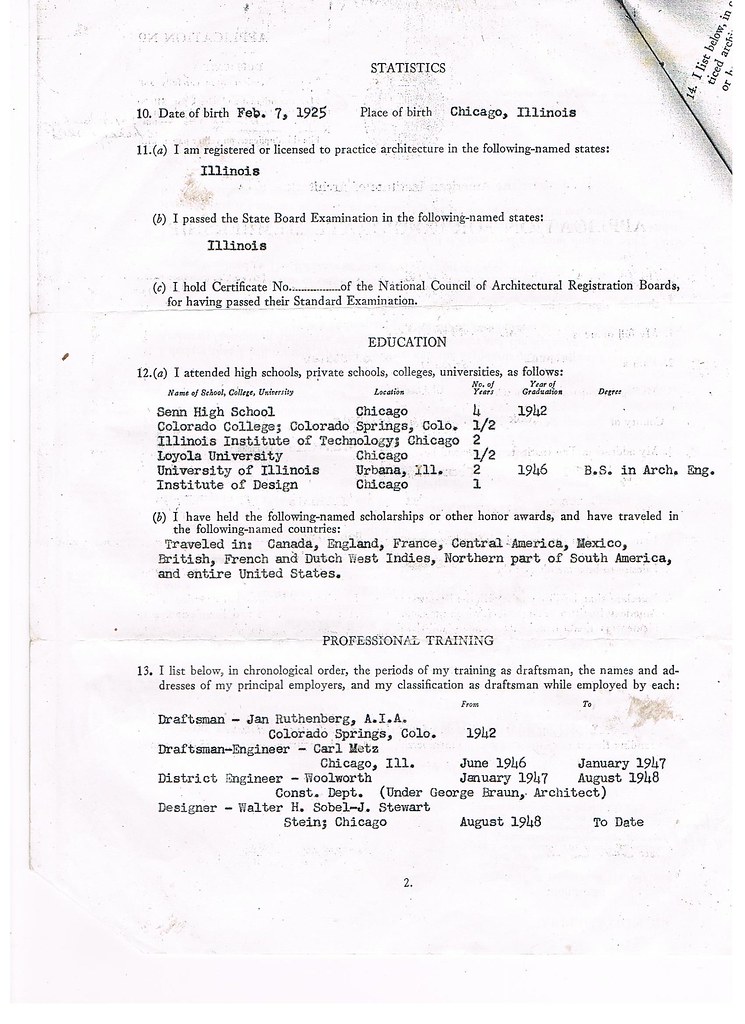
My grandfather the architect was the sole survivor and heir to the estate and land.
It's sad because I realize he was really was alone.
Just like the obituary article says his body was thrown 70 - and "he was alone".
He truly was alone in this world. Apart from his wife, and his children he had no other surviving relatives. :(
Sad :(
It clearly states that my great grandfather Harry B Cooley was the vice president for Allen and Garcia mining engineer company



Here are just a few snippets I have found off the web about his company.
he new tipple at Reliance was built to handle the increased
 output from the new No. 7 mine as well as from No. 1 and No. 4 mines. By 1942, more than 1.2 million tons of coal were being produced at Reliance. This rose to 1.4 million tons in 1943. This increased production occurred during World War II, but it was made possible by improvements put in place during the depression. Tracing the economic and construction history of the Reliance Tipple is enlightening in showing the nature of corporate investments during the Depression.
output from the new No. 7 mine as well as from No. 1 and No. 4 mines. By 1942, more than 1.2 million tons of coal were being produced at Reliance. This rose to 1.4 million tons in 1943. This increased production occurred during World War II, but it was made possible by improvements put in place during the depression. Tracing the economic and construction history of the Reliance Tipple is enlightening in showing the nature of corporate investments during the Depression. The Reliance Tipple was completed in September of 1936. Prior to that time, the mines at Reliance were served by a smaller wooden tipple. The construction of the steel tipple was a sizeable project and generated employment for both Reliance and Rock Springs. Allen and Garcia Company of Chicago, Illinois, was awarded the engineering contract for $12,000. A & G, as they were called, estimated their actual costs at $13,400. Naturally, A & G wanted to be compensated for the cost overruns. This would not be the only cost overrun Union Pacific encountered. Union Pacific attempted to utilize local contractors. For example, Kellogg Lumber in Rock Springs helped with the concrete work in the construction of this "ultra-modern" facility. Ultimately, thousands of dollars would be pumped into the local economy. The total cost of the tipple came to $232,700.83. The structural steel alone cost $32,789.07 which included the purchase price and installation. Yet, the biggest single expenditure was $90,854.83 spent for 350 mine cars.
On September 30, 1935, Burkhardt and Sons of Denver were awarded the contract for the steel work. By the spring of 1936, Burkhardt was accused by Allen and Garcia of being too slow in shipping steel to Reliance. Burkhardt countered by claiming due to weather delays and the alleged slowness of A & G to provide engineer drawings, the steel shipments were delayed. Allen and Garcia lost patience with the Burkhardt's, calling them "a bunch of stubborn Germans." Steel would not be in place at Reliance until May 1, 1936.
From the beginning, Allen and Garcia  Company did not like the Union Pacific's choice of Burkhardt and Sons to do the steel work. In a somewhat condescending tone, a representative from the A & G Company wrote the home office reporting: "I feel that they are doing everything possible to get this job out for you. There is this drawback, however - you must remember that steel fabrication in Denver has followed rather simple lines, such as buildings and bridges, and steel organizations in Denver are not fully familiar with tipple fabrication." S. Tescher, who wrote the letter, goes on to write: "The drawings are rather complicated for men that have been accustomed to fabricating framing for steel buildings and bridges. The numerous bends, angles, and other intricate details have slowed up this work considerably." Of course, you cannot read blueprints that have not been drawn, and Burkhardt commonly countered with the response, he had no blueprints. Burkhardt always contended the steel would be ready by May 1, 1936, a promise he fulfilled. Amazingly, in spite of the delays, by September 1, 1936, the tipple was essentially completed.
Company did not like the Union Pacific's choice of Burkhardt and Sons to do the steel work. In a somewhat condescending tone, a representative from the A & G Company wrote the home office reporting: "I feel that they are doing everything possible to get this job out for you. There is this drawback, however - you must remember that steel fabrication in Denver has followed rather simple lines, such as buildings and bridges, and steel organizations in Denver are not fully familiar with tipple fabrication." S. Tescher, who wrote the letter, goes on to write: "The drawings are rather complicated for men that have been accustomed to fabricating framing for steel buildings and bridges. The numerous bends, angles, and other intricate details have slowed up this work considerably." Of course, you cannot read blueprints that have not been drawn, and Burkhardt commonly countered with the response, he had no blueprints. Burkhardt always contended the steel would be ready by May 1, 1936, a promise he fulfilled. Amazingly, in spite of the delays, by September 1, 1936, the tipple was essentially completed.
The Rock Springs Daily Rocket for October 1, 1936, described the tipple in detail. The newspaper reported, "The new ultra-modern tipple which the Union Pacific Coal company has had erected for its two mines at Reliance has been completed and this week is being operated by the company . . . ." The reporter also pointed out, "From the efficiency angle the plant is a marvel. It has been designed so that men and machines will make no waste motions, so that both may accomplish the most in output with the least energy, and so that the maximum of productive and repair work may be done without danger to the men or to the machinery." The newspaper captured the essence of the effort by the Union Pacific. The facility had been built to increase efficiency and ultimately reduce the number of people needed to operate the equipment.


No comments:
Post a Comment